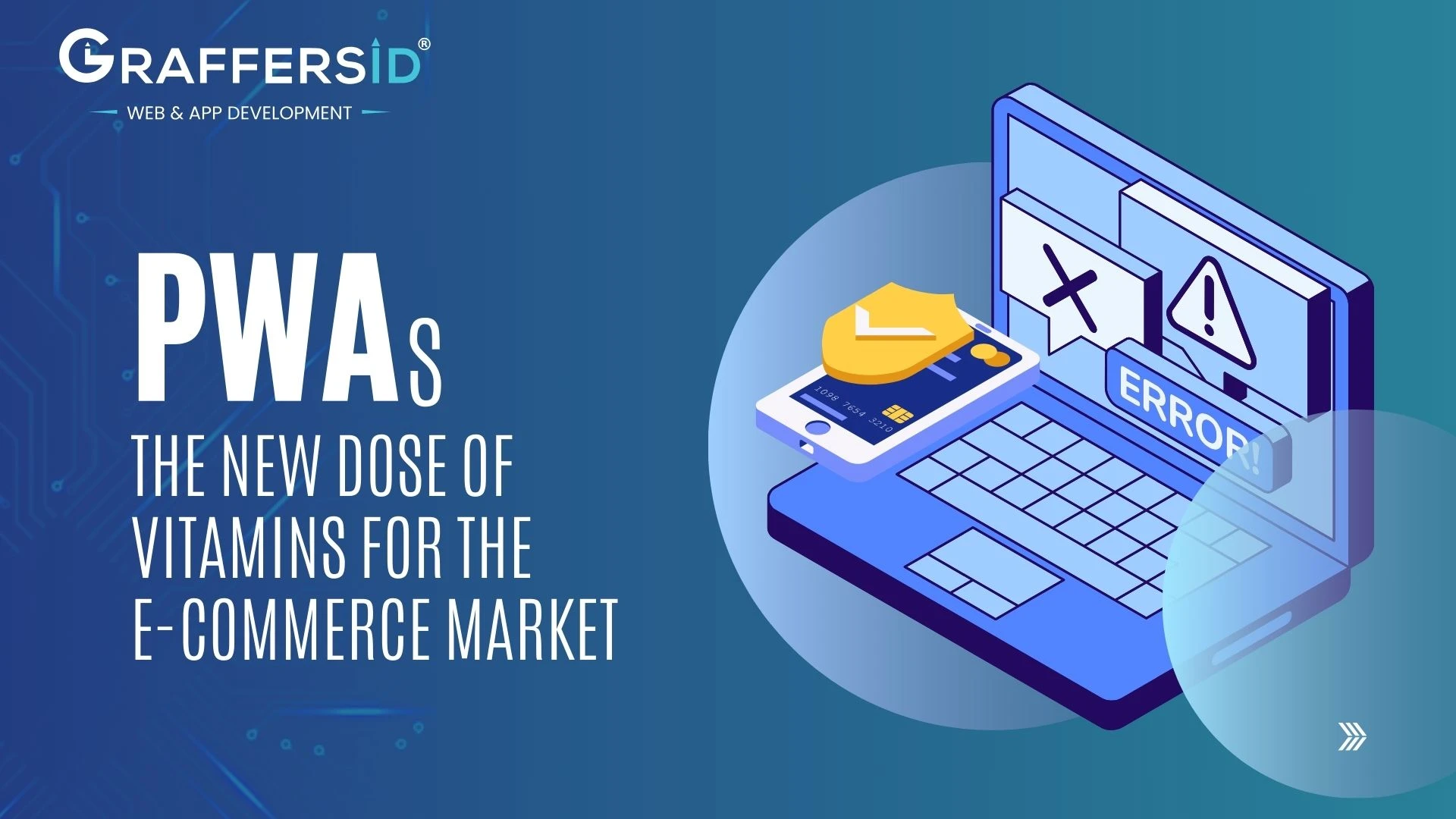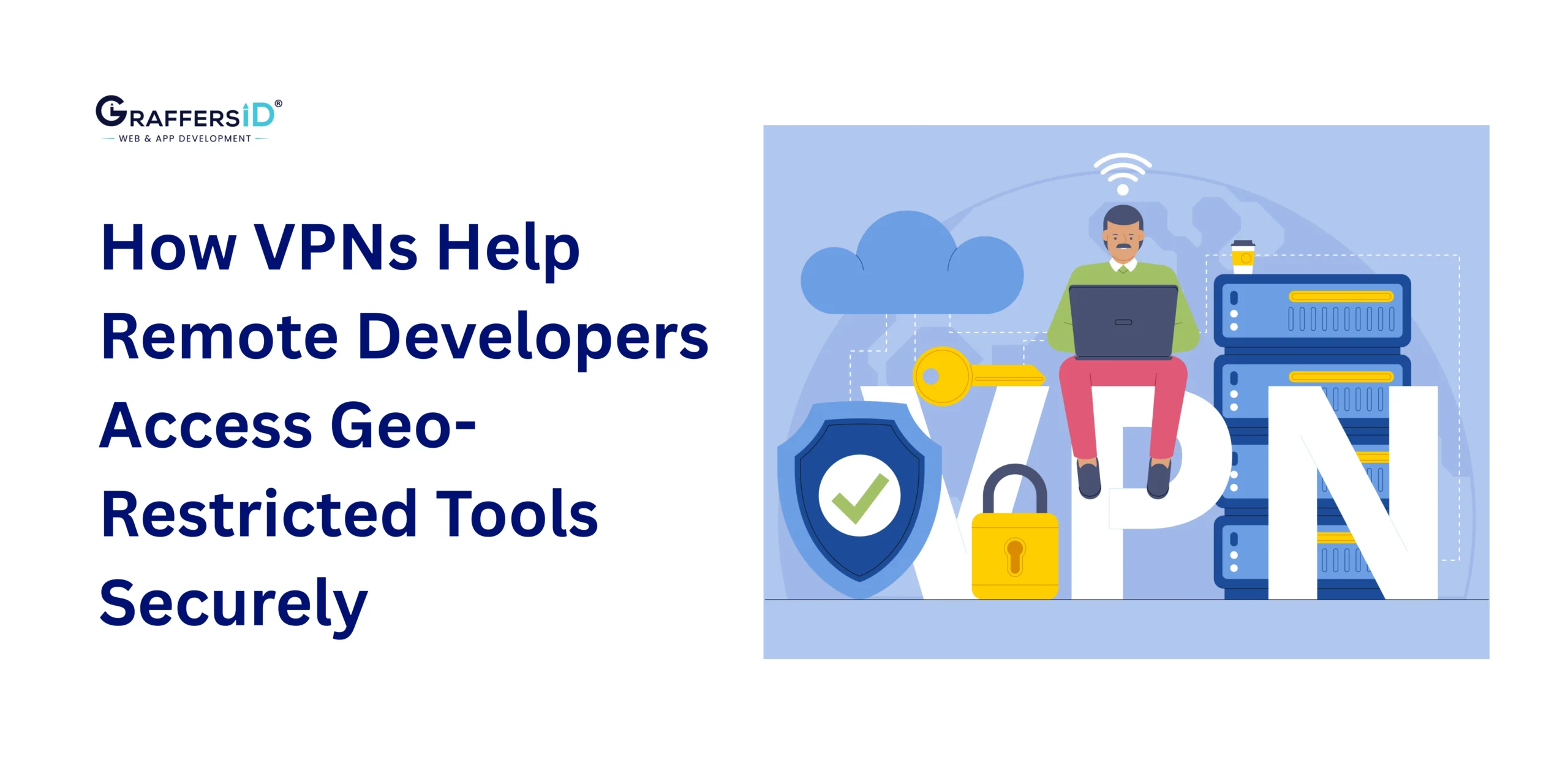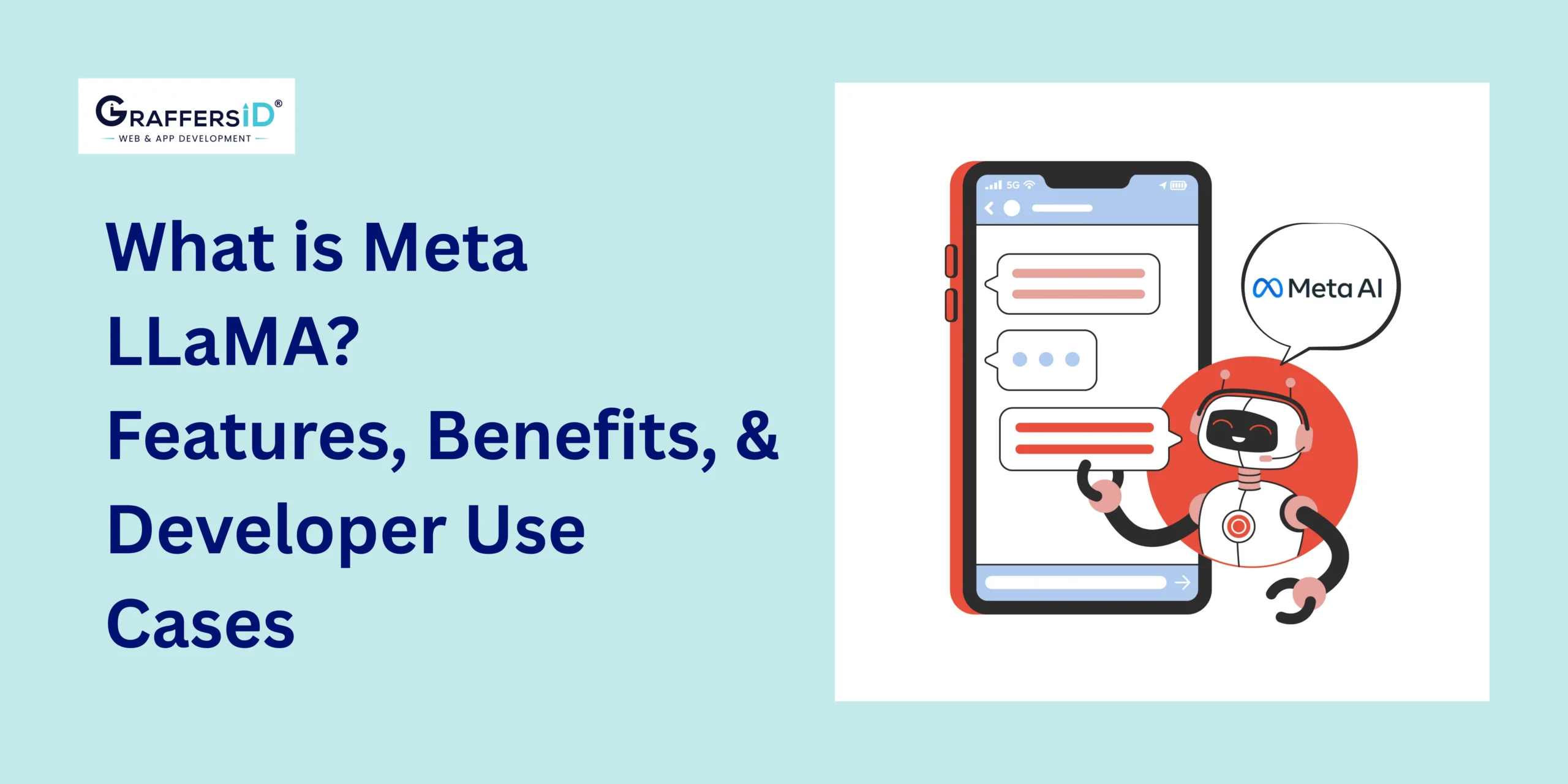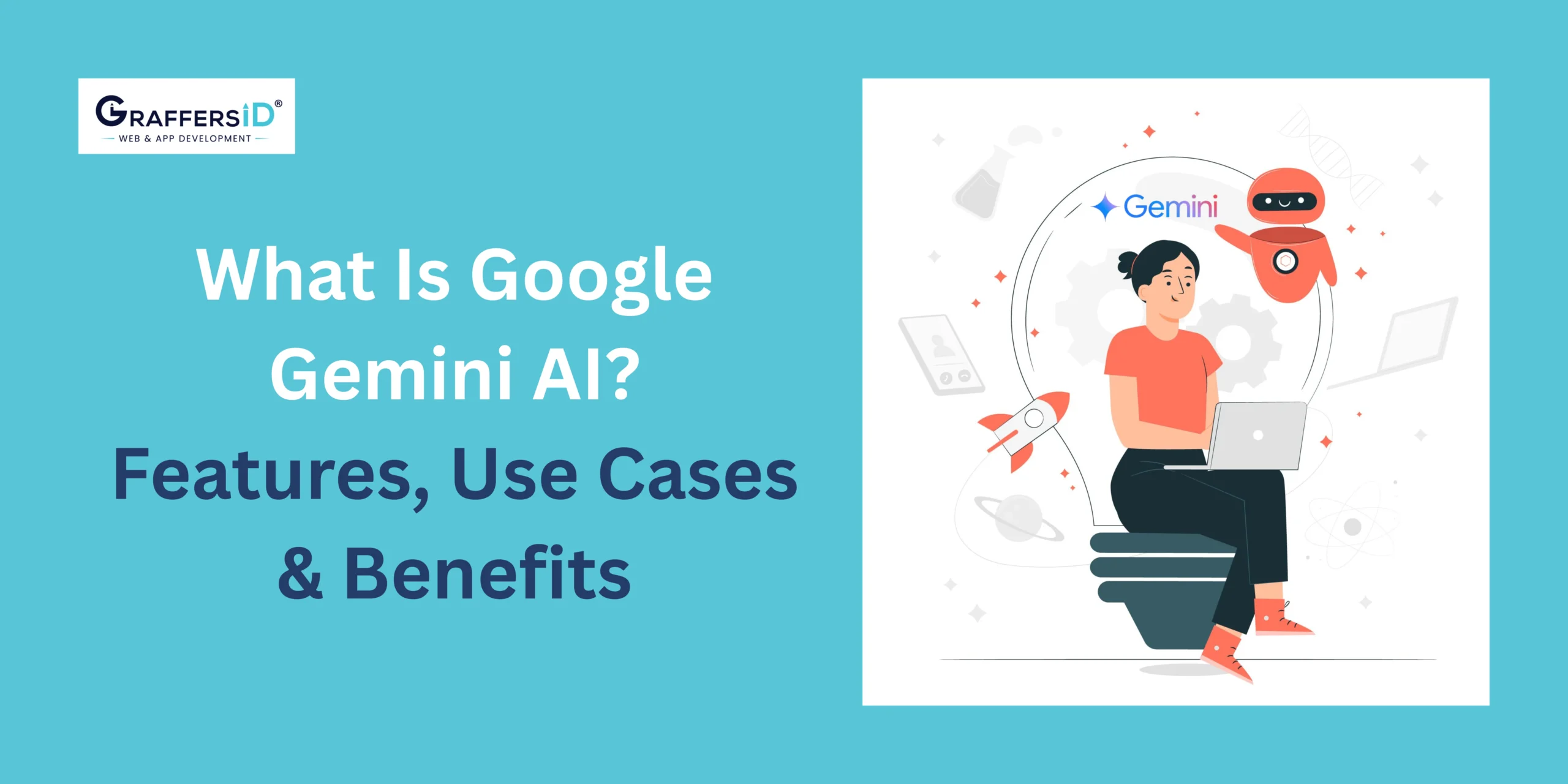The modern e-commerce system is designed not only to sell, but to provide an experience to its users. Since all services are offered online, companies around the world are looking for ways to…more ways to entice, engage and keep customers entertained. This is where Progressive Web Applications (PWAs) have come in as a disrupting technology that integrates the best of web and mobile applications. In this digital world, where many activities have shifted online, PWAs are becoming the ‘vitamins’ that the e-commerce land is rapidly in need of.
In this write-up, we will analyze what progressive web applications entail, their unique characteristics and how they are transforming the global e-commerce sphere.
What Are Progressive Web Applications (PWAs)?
PWAs are web apps intended to behave as native mobile applications, bridging the gap between a website and a mobile application. Informally speaking, PWAs are not like native apps that you need to download from an app store; instead, they are simply web pages that live on a web browser and can even be saved on the users’ home screen.
Key Features of PWAs:
Responsive design: Automatic screen filtering based on the size of the user device.
Offline functionality: With the assistance of service workers, performance will be similar to that of connected use.
Push notifications: Automatic information that attracts user’s attention.
Fast loading speeds: Highly Speed driven even in low bandwidth.
Cross-platform compatibility: Functional on all Devices and Operating systems.
Why PWAs Are the “Vitamins” for E-Commerce
The moment e-commerce is rife with hurdles, which consists of intense rivalry, abandonment of the carts and a mobile-oriented market. These issues require some sort of a “booster ” to jump over those barriers, so as to enable the expansion of business. Here is the way:
1. Speed of Loading Pages Rated Hghly
Everything revolves around time in e-commerce. According to research in the field, if the page load time is delayed by one second, the conversions may drop by 7%. PWAs very quickly load even on slow networks to keep the customers engaged.
Ways in Which PWAs Manage to be Fast:
Service workers render the content and store it hence reducing the number of times there is a call to the server.
The architecture is light hence reduces the amount of data that is used.
For instance: Alibaba implemented a PWA and conversion rate increased by 76% over a number of browsers.
2. Improving Experience of Use on Mobile Devices
With mobile commerce taking the lead in e-commerce, enhancing mobile commerce experience is customary. This means that PWAs are primarily app-like in architecture and design and therefore, do not require downloads.
Advantages for the Mobile User:
Nice looking animations and transitions.
No app store obstacle to users of the PWA as it can be accessed in the browser.
More Space and Hardware Resources Available for Use—Allows Issuing Updates without Reinstalling the App.
Did you know – 85% of users are somewhat more inclined to use a mobile application than a mobile website, however, there is a PWA that offers app type capabilities within the web browser.
3. The Ability to Work Off-line
Offline capability is one of the most important characteristics of PWAs. It’s a revolution for e-commerce industries aiming markets with irregular internet connectivity.
How It Helps:
It allows customers to browse products, check their order history and even place items in their baskets while offline.
Improves the user experience by preserving it from interruptions due to the lack of connection.
Example: Flipkart’s PWA Flipkart Lite allowed users from regions with extreme low-connectivity to shop easily thus increasing customer re-engagement by 40%.
4. Elevated Interactivity
Through Push Notifications Engaging customers these days is a major factor to consider for making sales and customer retention. In the case of PWA, businesses can send push notifications straight to customer devices, regardless of whether the browser is open or closed.
Benefits:
Real time personalized communication can be done by sending offers, discounts, updates and the like.
Push notification effectiveness is also much better than email effectiveness.
Did you know: Push notifications retargeting can lead to an uplift in users engaging with content by as much as 88%.
5. Development Made Cheaper and Simpler
Creating different applications for iOS, Android and the web may be cost intensive and also take up a lot of time. With PWAs, there is no need to develop multiple apps because those apps only represent a single solution which works everywhere.
Cost Benefits:
There is no need to create or support any additional apps.
Because of shorter implementation schedules, costs are lowered.
All revisions are made at once, without extra costs for different versions.
Example: After Lancome migrated to a PWA version, conversion rates jumped by 17% while initiatives budget was reduced drastically.
6. Enhanced SEO and Findability
Native apps are found only in app stores hence the reason for their limited functionality usage. On the other hand, PWAs can be searched for and found on the web. This increases prominence and delivers remaining audiences.
Benefits of SEO:
Improvements in load times lead to increased rankings in search results.
The mobile version is in sync with Google mobile version indexing.
User experience enhancement and lower bounce rates helps better ranking.
Note: Make sure you make the content and the metadata for your PWA as search engine friendly as possible.
7. Reduced Rates for Abandoned Carts
Cart abandonment continues to be one of the major issues that different e-commerce organizations face. Mobile cart abandonment rates stand at 85% on average. PWAs come in to solve this content by offering a seamless shopping journey.
How Widens The Technology Helps
– Enables user to check out quickly with an option to enable auto fill.
– Enables customer’s to resume shopping later by providing offline access.
– Provides the user with the push notification on cart abandonment.
Illustration: PWA enabled the e-commerce platform of a well-known brand to reduce cart abandonment by 30%.
8. Impeccable Incorporation of Advanced Technologies
PWAs are designed in a way to embrace the use of modern web technologies which helps them to integrate with Artificial Intelligence, augmented reality and virtual reality. This gives room for the integration of other elements in the power shopping features so as to enhance the service being offered.
Some of the latest web developments include:
– AI chatbots offering assistance to users.
– Use of images to fit products in the place of intended use.
– Shopping in a virtual reality environment through a virtual reality showroom.
Statistic: The first few companies in this type of age surpass others by far and win over customers who embrace technology with both hands.
The Growth of PWA in E-Commerce Sector
The use of PWA in e-commerce industry is on the increase and there are many valid reasons to such. Technological advancements only mean that even the capabilities of PWA will improve. With biometric authentication, advanced payment gateways and enhanced compatibility with wearables PWA will be even more formidable.
Shopify, Walmart, and AliExpress, leading e-commerce players are harnessing the power of PWAs to enhance user experience. There is a niche in between small and medium enterprises where investment in PWAs presents a value for money, considering the existing players in the industry.
Final Thoughts
Progressive web apps have moved beyond being a passing trend to becoming a requirement in the present day e-commerce marketplace. PWAs perfect the customer interaction by being fast, functional, and immersive while also solving critical issues which include cart abandonments and developmental costs.
With PWAs gaining popularity among more businesses, those who are the first ones to adopt them will have an upper hand. No matter whether you are a newcomer into the market or an established name, investing in a PWA can revolutionize your e-commerce platform and build successes for many years.
Want to give the e-commerce business the right “vitamins”? Then, what are you waiting for? Start using the marvelous PWAs!



